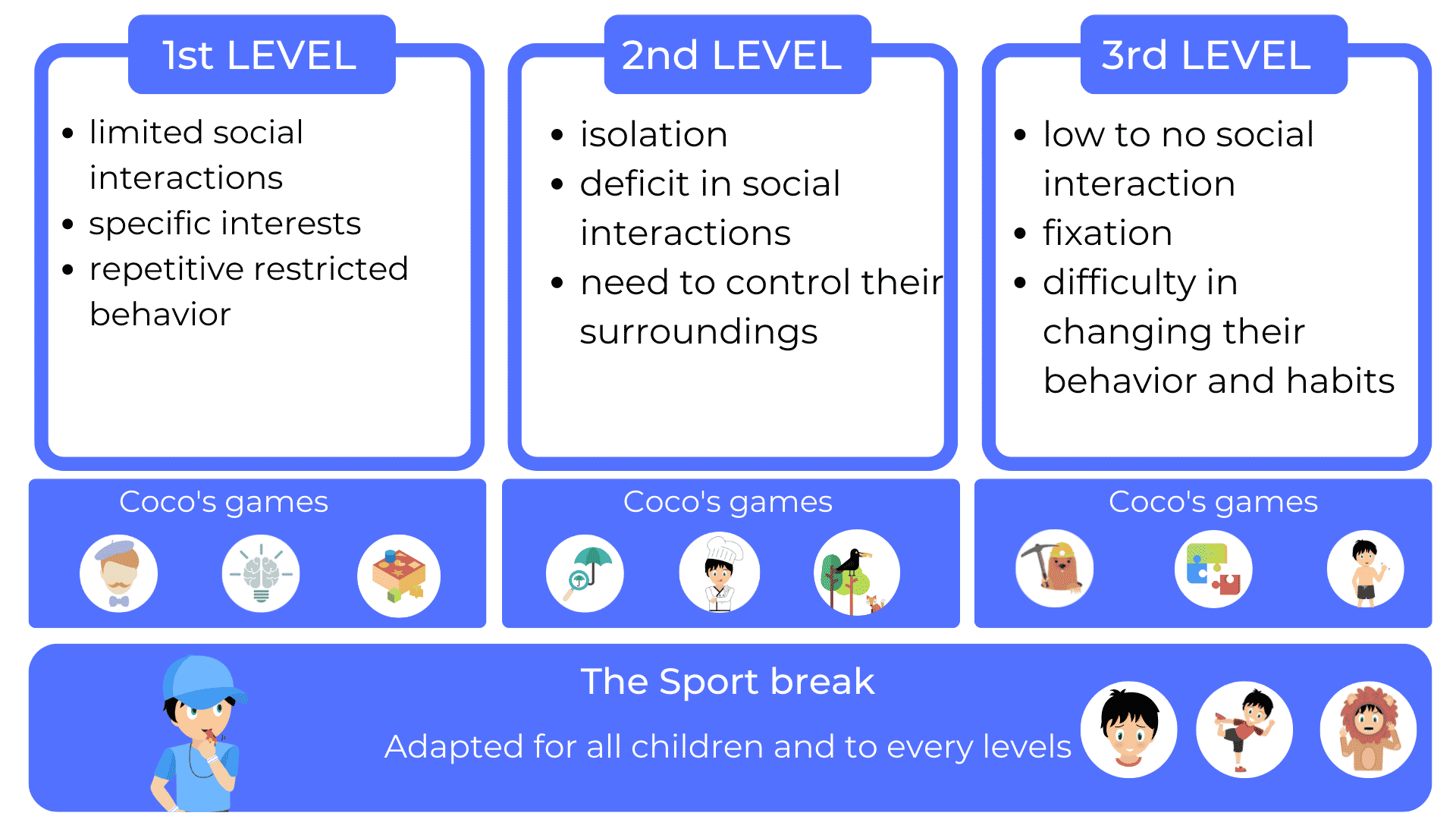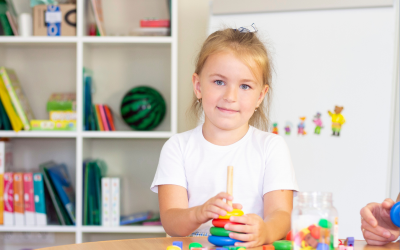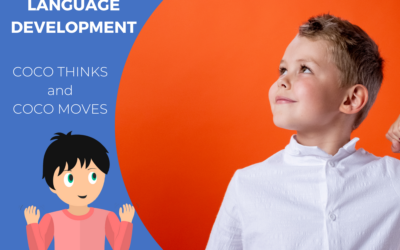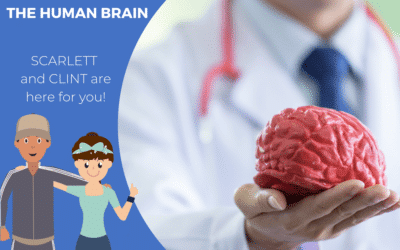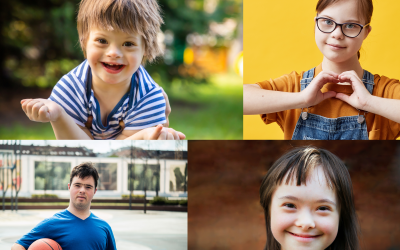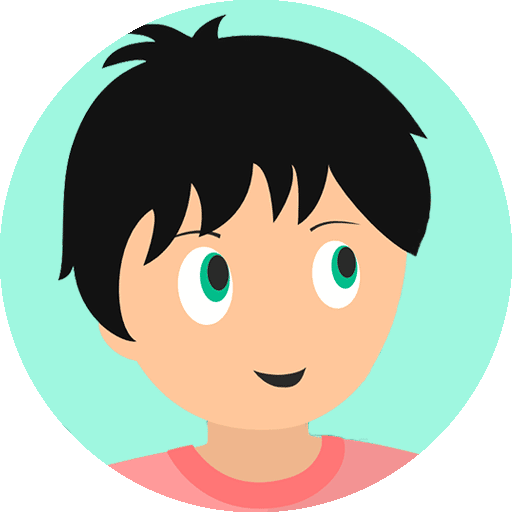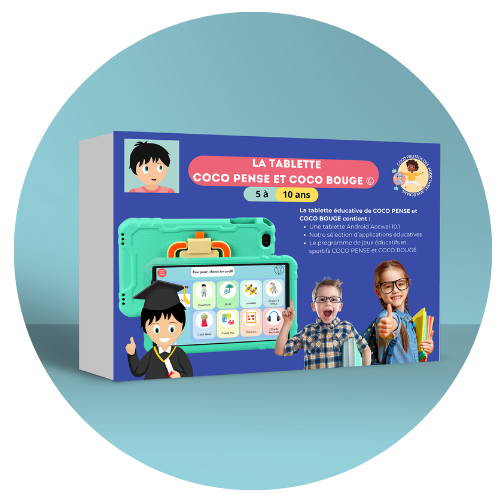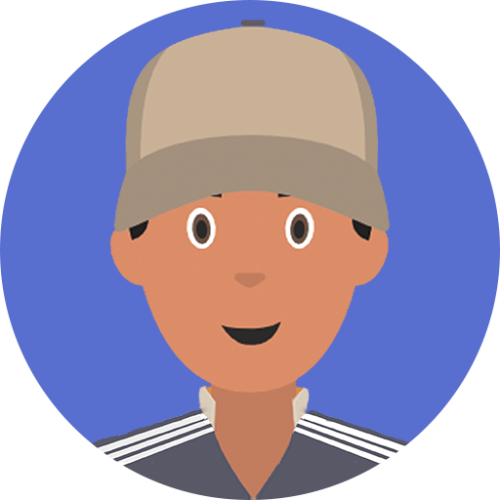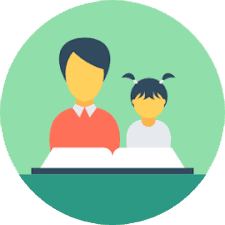Autism: definition
Autism is a pervasive developmental disorder. It is not possible to cure autism. Indeed, it is a pathology that many people have throughout their lives. It is essentially characterized by a behavioral disorder.
Autism can be diagnosed as early as 3 years old, however, signs can begin to be seen in younger children. It is also possible to notice some peculiarities, but not to be diagnosed immediately. Therefore, adults may be found to have autism without knowing it.
It is important to take into account that the symptoms or their severity vary depending on the child and his or her age.
The autism spectrum is very broad, and it can vary from child to child, being characterized by a severe cognitive delay or an exceptional intelligence but with difficulties in relating to others.
It is important to understand that the symptoms and their severity vary depending on the child and their age.
What are the symptoms?
As you may have understood, it is possible to observe different symptoms in autism. Here is a list of what the signs could be:
- The child’s speech can be altered. Indeed, comprehension or the use of language are really two points that can alert the parents. Let us also note that nonverbal communication is an important point to consider.
- Sensory-motor deficits are also important. Mental delay may be one of the symptoms commonly seen in children. Feeding disorders are also an issue that should not be overlooked.
- We can also observe sleep disorders in child autism.
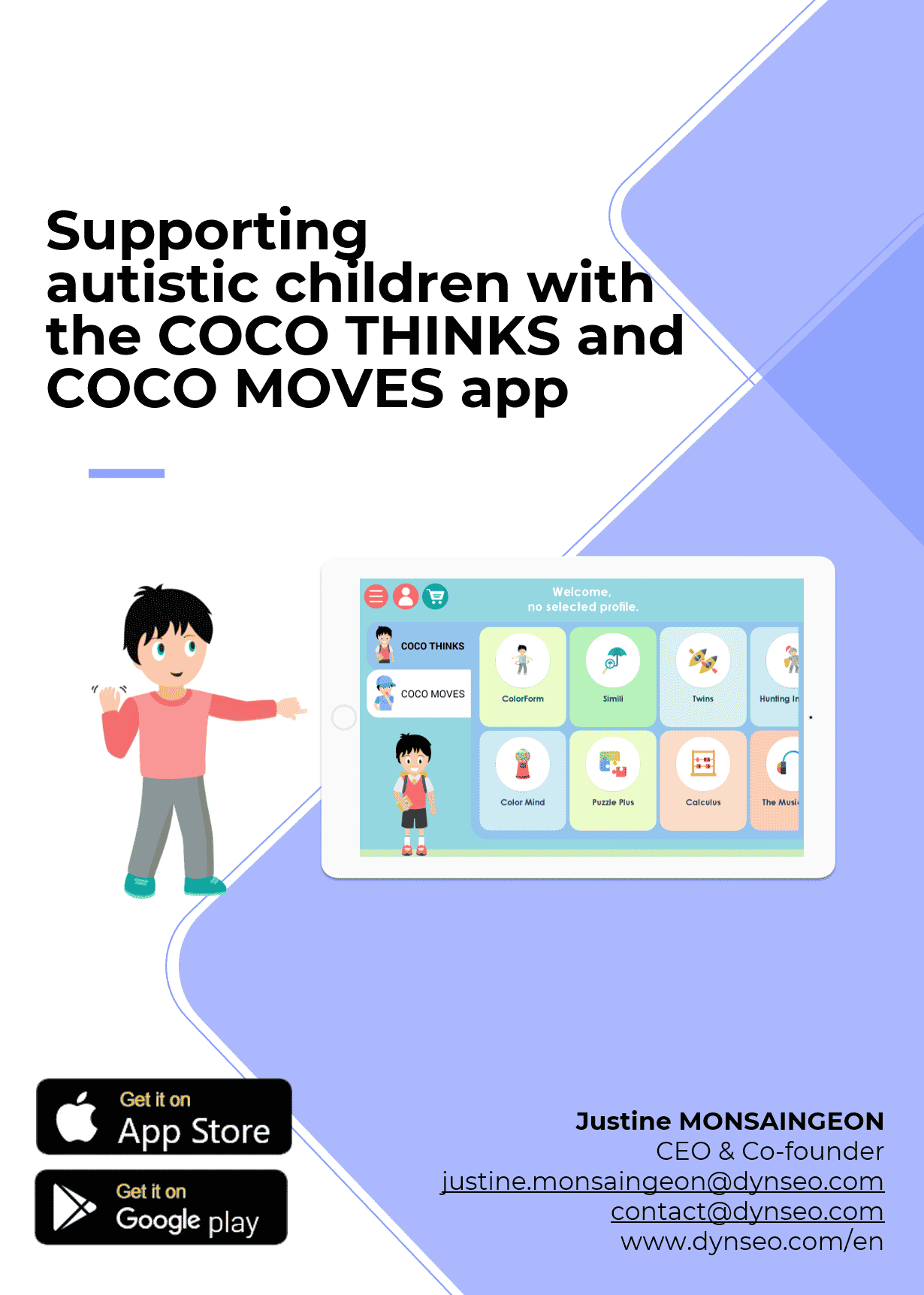
What are the symptoms of autism?
As you may have gathered, it is possible to observe different symptoms of autism. Here is a list that may alert you:
Communication in a child may be impaired. Indeed, the comprehension or the use of language are really two points that can alter the parents. Let us also note that mimogestuality is also an important point to take into account. Indeed, we can see a delay in the acquisition of language or very specific knowledge. As far as mimogestuality is concerned, we notice that it is limited and little used.
Sensory-motor deficits are also points to be taken into account: indeed, mental retardation can be one of the symptoms generally observed in children. Feeding disorders are also a point that should not be overlooked. We can also observe sleep disorders in children with autism. Autistic children have sensory disorders with hyper or hypo sensitivity. Sounds, colors, lights or contact with objects can be very disturbing for them.
What are the warning signs?
Sometimes you can spot warning signs. If your 18-month-old has trouble doing the following things, he or she may have autism. However, each child develops at his or her own pace. This should not be taken for granted; a diagnosis by a health professional is necessary.
Here are some of the skills an autistic child might develop at a lower pace:
- Speak or locate words,
- Understand new words,
- Answer simple “yes or no” questions,
- Walk alone,
- Show emotions,
- Take interest in pictures,
- Recognize self in the mirror,
- Looking for food.
Autism disorder does not only affect children, but the signs of autism in an adult are not always easy to detect. If we can identify the signs and symptoms in children, we can quickly activate a therapeutic pathway and accompany the child in his development. Having the right tools can allow the child to improve their cognitive functions and develop their autonomy.
How can you help your child with autism?
You can help your autistic child by listening and reassuring him or her. If you need help to understand and help your child? you can surround yourself with qualified personnel. There are also specialized institutions that can provide you with information on autism.
You can also opt for support tools to facilitate your child’s daily life, such as the educational app, COCO THINKS and COCO MOVES.
Through play, children are more willing to share and develop new learning skills. Through more than 30 games, COCO THINKS and COCO MOVES works all the cognitive functions while having fun, and this, without putting in check.
In this app, there is also the possibility of playing with two players to help the child in socialization.
In addition, after 15 minutes of screen time, the app stops to take a sports break. The child will move away from the screen and will do physical activities. Here the child can also play games where he has to mime emotions. This game allows the child to recognize the emotions of others and it can help autistic children in their relationships with others.
AN EDUCATIONAL AND PHYSICAL PROGRAM
Work on language, attention, vocabulary, logic…
Plus, the app imposes a sports break every 15 minutes of screen time. To allow children to exercise, and then to be more concentrated!
Note that it is also possible to use the app with sports activities, to adapt the games to your child. Personalize his experience and teach him to concentrate.
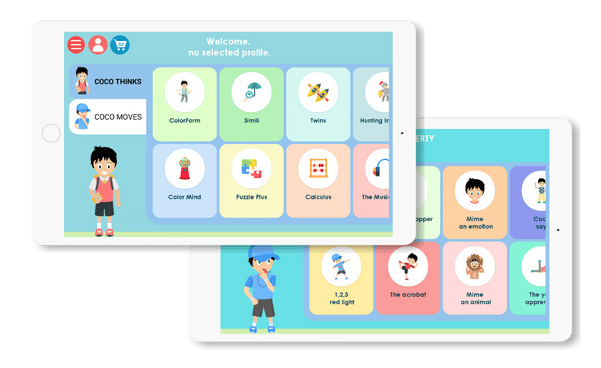
THE EDUCATIONAL AND SPORTS APP
The COCO app imposes a sports break every 15 minutes of screen time. This allows them to exercise, and then to be more concentrated!
Note that it is also possible to use the application with sports activities, to adapt the games to your child. Personalize his experience and teach him to concentrate.
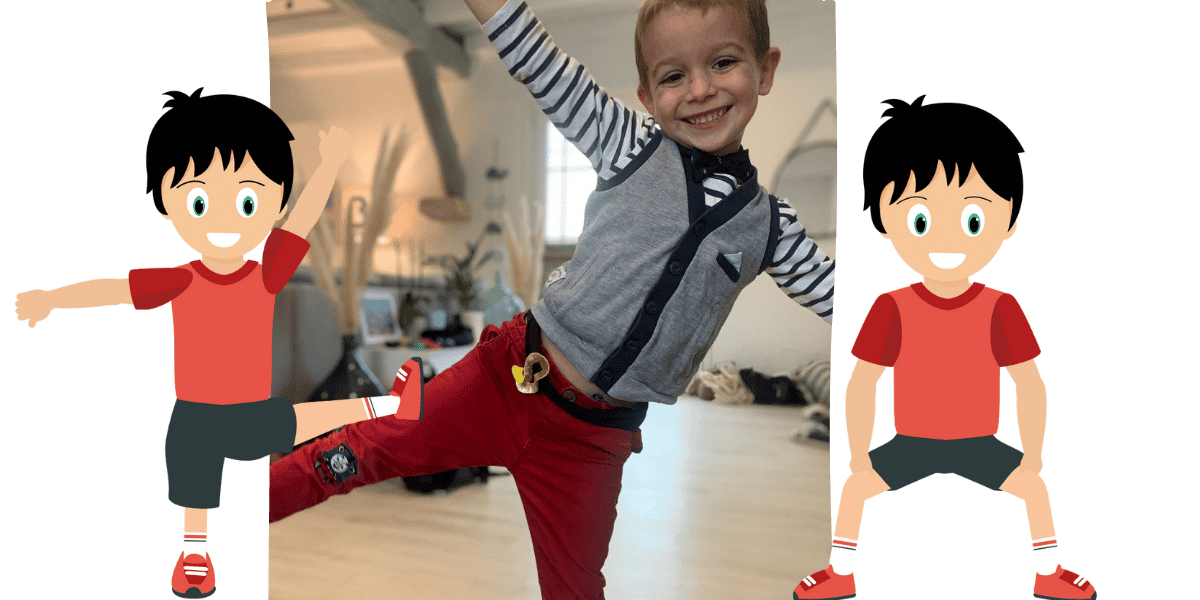
COCO MOVES’ PHYSICAL GAMES
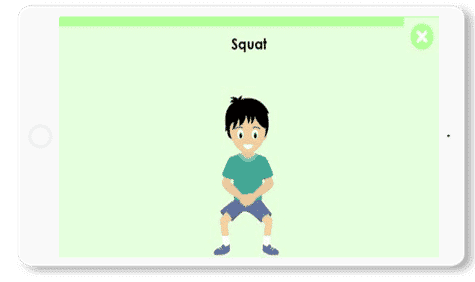
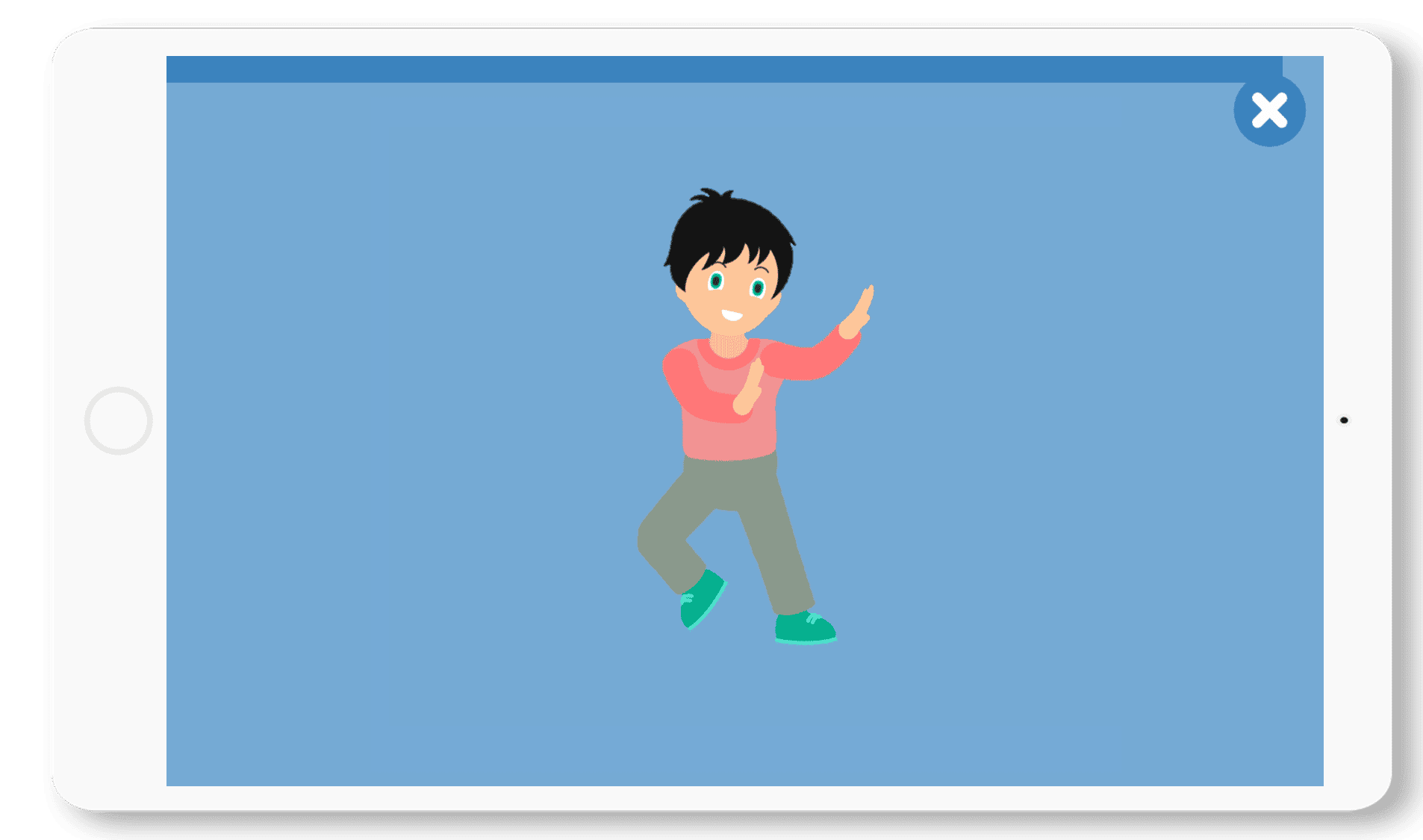
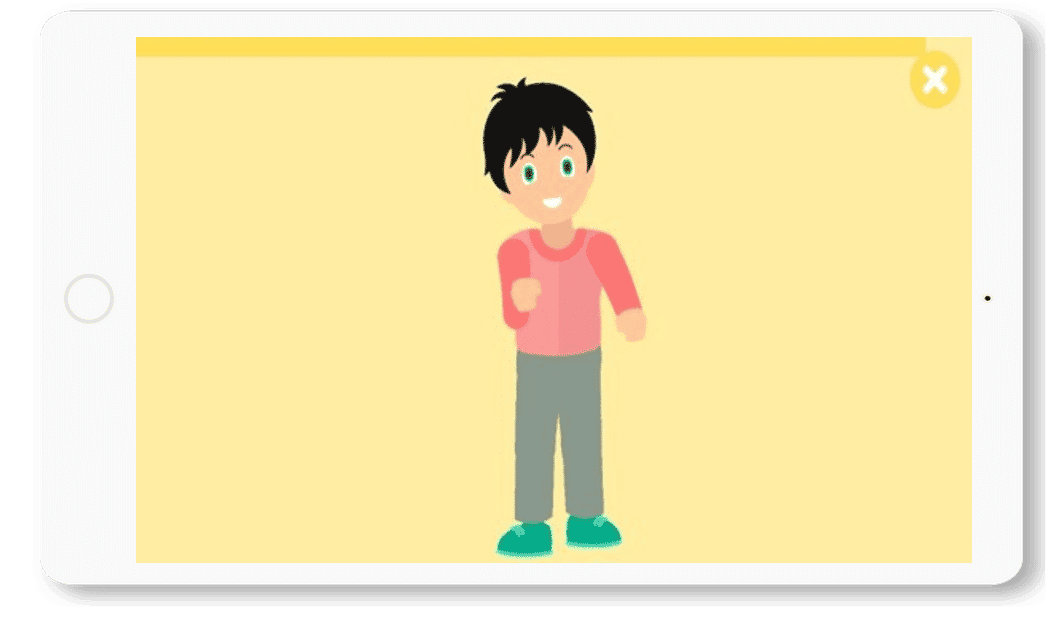
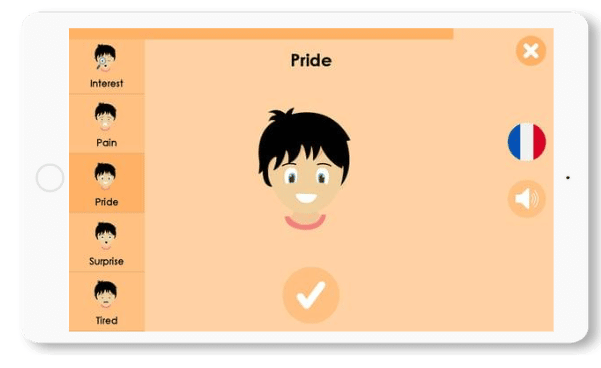
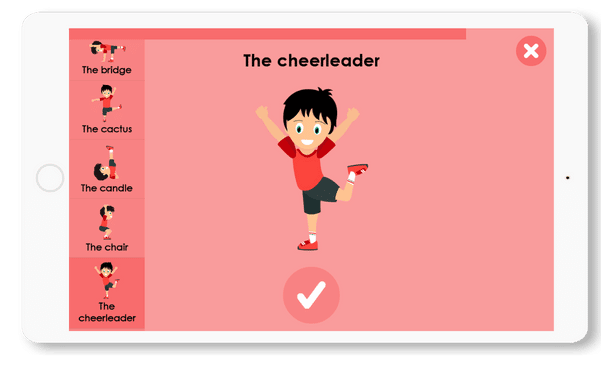
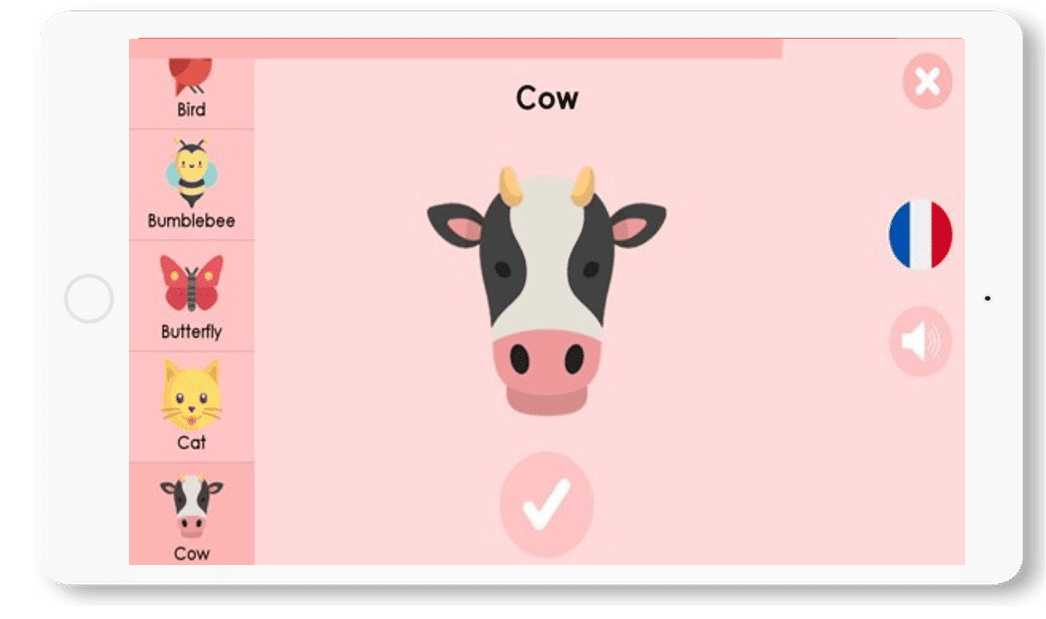
Other articles you might be interested in:
Supporting children with autism
Dynseo proposesSUPPORTING CHILDREN WITH AUTISM with COCO THINKS AND COCO MOVESDynseo and its team are very much...
Supporting DYS children with COCO THINKS and COCO MOVES
Dynseo proposesDYS disorders with COCO THINKS and COCO MOVESOur educational and pedagogical games program COCO THINKS...
Language development
Children communicate from birth with movements, crying, looking at each other or with smiles. After only a few months,...
Supporting children with Down Syndrome with Coco
Dynseo proposesDOWN SYNDROME with COCODown syndrome is a non-hereditary chromosomal abnormality that leads to the...
Supporting people after a stroke
Dynseo proposesStroke with CLINT, your brain training coachThe Dynseo team is very involved in helping people who have...
Supporting someone with Alzheimer’s
In this guide, we will detail how SCARLETT can be used for supporting someone with Alzheimer's. SCARLETT is a...
10 myths about the human brain you didn’t know
The brain is an incredible muscle, however there are many things we do not know, and what we do know is not always...
Using Digital Tools to Support Students with Special Educational Needs
Special Educational Needs (SEN) encompass a wide range of learning difficulties and disabilities that can hinder a...
Down Syndrome and Communication: Facilitating Interaction with Visual and Interactive Supports
When we think about Down syndrome, we often recognize it as a genetic condition that affects physical and cognitive...
How to Track Progress in People with Down Syndrome Using Digital Tools
Down syndrome, a genetic condition caused by the presence of an extra chromosome 21, affects approximately 1 in every...


